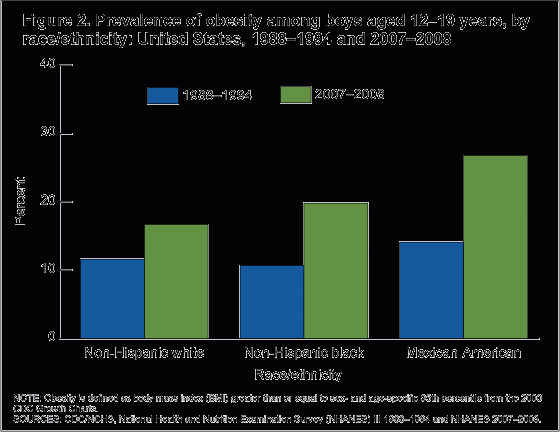Brown Fat Found in Thin Children Could be the New Antidote to Obesity: Study

Obesity and its rise has become an all-encompassing agenda for both the healthcare sector and policy makers alike. The quest to decipher the root cause of obesity has now pushed scientists to reveal a new type of fat that could perhaps be the tool to curb childhood obesity.
New findings by researchers at the Joslin Diabetes Center and Children's Hospital Boston have shown the presence of a type of "good" fat or 'brown' fat in varying amounts in children, which keeps increasing until puberty and eventually declines. This fat is most active in leaner children. The study published in the journal, Pediatrics, was funded jointly by the National Institutes of Health and the Eli Lilly Foundation.
The study used PET imaging data that documented the amount of brown fat present and the related activity generated in children, as a result of this fat in children. The study focuses around this brown fat that burns energy instead of storing it, in comparison with white fat, which has slower metabolic rates of burning out. Lead researcher and author, Dr Aaron Cypess, said, "We might be able to combat the obesity and diabetes epidemics if we find safe ways of increasing brown fat activity." He added, "This might be an additional tool in the fight."
Dr Cypess said that the study aimed to discover non-pharmacological methods to increase the activity of brown fat by setting cooler indoor temperatures for obese children in their home environments. "Perhaps certain foods could also play a role in increasing brown fat levels, he said. If not, the development of new drugs might be the answer", he added.
Researchers reviewed PET scans conducted on 172 children ages 5 to 21 at Children's Hospital Boston. Study results indicated, "Active brown fat was detected in 44 percent of the children, with the rate about the same for girls and boys. Children aged 13 to 15 had the highest percentage of detectable brown fat and the highest brown fat activity. But in addition, body mass index (BMI) was correlated inversely with brown fat activity, meaning that the thinnest children had the highest brown fat activity."
This study was also compared to a 2009 study conducted by Cypess' team as demonstrated in The New England Journal of Medicine which stated for the first time that brown fat is metabolically active in adult humans too. This was in contrast to the earlier assumption that brown fat was present only in babies and children.
Their study showed that it was found in between 3 and 7.5 percent of adults, with higher rates among women. The 2009 study also interpreted that adults who showed the presence of brown fat were more active in cold weather. This conclusion was in line with the higher fat burning capacity of brown fat which generates heat. The new study in children however showed outdoor temperature had no effect on brown fat activity.
Dr Cypess has however, expressed his doubts, noting that the new study does not resolve questions on the relationship between BMI and brown fat saying, "Is that children have more brown fat because they are thin or if having more brown fat causes children to be thin?" "That's the billion dollar question," he said. "But we do know that brown fat is a core component of pediatric and likely adult metabolism."
While, the new study garners interest, close on the heels is another recent revelation stating," Growing public awareness of the U.S. childhood obesity epidemic is contributing to overall reductions in BMI in children." Data published in the journal Childhood Obesity, investigated the effects of public health interventions for lowering BMI among kids.
About 6,300 multi-ethnic middle school students from 42 schools participated in the HEALTHY study that showed half of the schools in the control group had no change but the other half representing schools that saw interventions by way of nutritional and physical education programs; as well as promotional events and educational activities intended to bring about behaviour changes, did actually see an impact!
Study researchers found that in the BMI rates decreased by more than 4 percent for both groups of students from the start of 6th grade to the end of 8th grade.
"In a research study, we of course want to see a difference between intervention and control groups," said David L. Katz, Editor-in-Chief of Childhood Obesity and Director of Yale University's Prevention Research Center. "But both groups doing well is clearly a good problem to have. The news about weight trends in children has been all bad for a long time-this study suggests that an aggregation of awareness, policies, and programs may be starting to change that."
According to the U.S. Centers for Disease Control and Prevention (CDC), at least 30 percent of people in 12 states were obese in 2010, an increase of three states from a year earlier. This proves that no state had met the national 'Healthy People 2010' goal to lower the prevalence to 15 percent. The CDC also states that the monetary costs of health care associated with obesity in 2008 was $147 billion.
According to another 2008 report by the office of the New York State Comptroller, health care costs for New York's 1.1 million obese children hit about $242 million.
Brown Or White fat, the extent of obesity in kids does need an answer. Will the new study respond to this on-going debate?
© Copyright IBTimes 2025. All rights reserved.





















